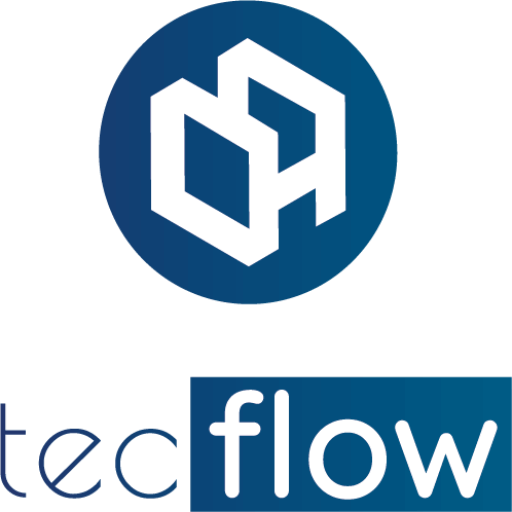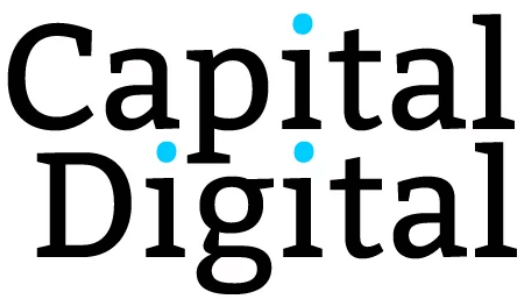Understanding SAP: OS/4HANA marks the next stage in the evolution of SAP's enterprise management system (ERP), replacing ECC, which is scheduled to be phased out in 2027.
This system provides instant insights through real-time analytics, enabling faster, more informed decisions with up-to-date, accurate data. Furthermore, it integrates more efficiently with other SAP solutions, presenting an innovative interface and better usability.
The S/4HANA differentiator lies in its execution on SAP's in-memory database platform called SAP HANA. This implies that data is stored in the server's main memory, ensuring instant access and accelerating business processes. This architecture enables real-time analysis and immediate insights, essential for strategic decision-making. The result is a significant transformation, achieved through a simplified architecture, optimized data model, and intuitive user interface.
Consider the following situation: the local government decides to implement a new tax or change the way an existing tax is collected. With SAP, the company can adjust immediately through a simple update, without the need for extra concerns. This serves as a concrete example that highlights the importance of keeping the system up to date. There is software that can assist in this process, such as MIGNOW.
Additionally, S/4HANA presents a simplified data model, eliminating redundancies and complexities from the previous version, resulting in a leaner structure and more efficient business processes. The user interface, called SAP Fiori, adopts a responsive design that offers a modern and intuitive app-based experience. This consistent and customizable interface allows users to easily access pertinent information and functionality.
OS/4HANA also integrates comprehensively with other solutions such as SAP Ariba for supply chain management, SAP SuccessFactors for human resources, and SAP Hybris for e-commerce. These integrations provide a complete view of business processes, improving operational efficiency. The mobile integration capability allows the system to be used in real time, expanding its usefulness.
The SAP ecosystem comprises several modules, each corresponding to specific capabilities. Between the basic system modules, the following stand out:
- SAP MM – Material Management;
- SAP SD – Sales and Distribution;
- SAP FI – Financial Accounting;
- SAP PP – Production Planning;
- SAP PS – Project System;
- SAP CO – Controlling;
- SAP QM – Quality Management;
- SAP PM – Plant Maintenance;
- SAP WM – Warehouse Management
- SAP RE – Real Estate (Real Estate Management).
Despite its attributes, SAP is known for its complexity. When dealing with large companies, which often have complex segmentations, different lines of business and different environments, SAP adapts to different contexts. This scope and completeness increase the complexity of migrations.
Challenges such as interruptions (downtime) and adapting to new infrastructures are considered obstacles. These difficulties, added to the costs, lead some companies to opt for alternative solutions to SAP. However, this choice requires caution, as it can generate update problems and technical issues that compromise the user experience and lead to divergences. To analyze these cases and assist with successful migration, it is recommended that the organization use a specialized company, which will provide support and assistance during all stages. It is worth mentioning that such users do not have direct support from SAP, known as Enterprise Support.
A survey conducted by Mignow revealed that 48.6% of companies plan to migrate to S/4HANA within 2 years, and 17.01% are in the process of migrating. However, with the imminent retirement of ECC, organizations that do not complete the transition by 2027 will face obsolescence and per-use fees without SAP support. Furthermore, only 20.6% of those interviewed understand the benefits of migration, while 44.1% remain neutral and 33.3% have no understanding of the topic. The lack of information is also reflected in the cost and schedule aspects of the conversion.
These data indicate the persistence of doubts and the need for clarification about the benefits of S/4HANA, as well as about the imminent discontinuation of ECC.
At the same time, digital transformation remains a relatively abstract concept, as it is difficult to accurately predict the technology of the next 5 or 10 years. The adoption of S/4HANA, together with a consultancy to keep it updated and carry out the necessary data collection and internal research, offers a safeguard against this uncertainty, as the system is constantly evolving, providing updates in line with new technologies from the market. The software was designed to accompany digital transformation, being ready for integration with AI, IoT and other technologies, ensuring that organizations remain up to date for years to come.
A notable example of this integration with new technologies is connectivity with mobile devices. Large companies have a great interest in accessing reports and data through mobile devices, allowing real-time actions without relying on a computer.
This is just one of the many features that the system will offer in future updates, creating anticipation and curiosity about what digital transformation will bring to users in the coming years.
See where this article was published!

Understanding SAP: Exploring the Layers and Structure of the Leader in Operating Systems
–

Understanding SAP
–

Understanding SAP: Exploring the Layers and Structure of the Leader in Operating Systems
–

Understanding SAP: Exploring the Layers and Structure of the Leader in Operating Systems
CONTENT LINK



